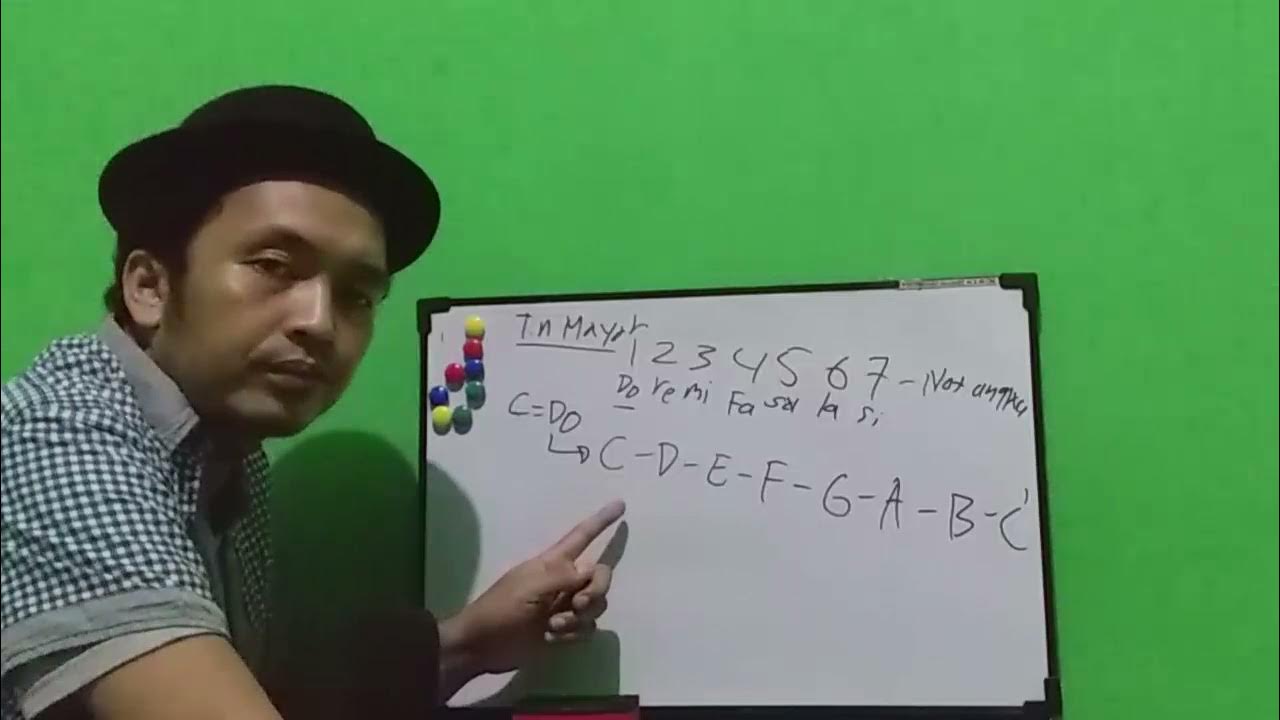Dr. B Music Theory Lesson 1 (Circle of 5ths, Scales)
Summary
TLDRThis instructional script offers an efficient method for identifying key signatures and mastering major scales, which are fundamental for understanding music theory. It emphasizes the circle of fifths as a tool for learning scales, suggesting that memorizing these patterns can significantly aid in recognizing and playing scales quickly. The script also delves into the creation of minor scales from major scales, explaining the distinctions between natural, harmonic, and melodic minor scales and the specific formulas for converting between them. It touches on enharmonic spellings and their importance in music notation, aiming to provide a clear and structured approach to learning music theory.
Please replace the link and try again.
Q & A
What is the primary goal of learning the circle of fifths in music theory?
-The primary goal of learning the circle of fifths is to help with identifying key signatures, writing major scales efficiently, and developing quick recall of all major scales. This method simplifies the process of understanding music theory.
Why is the method of whole step, whole step, half step, etc., considered inefficient by the speaker?
-The speaker considers the method of using whole step, whole step, half step, etc., inefficient because it is slow. The speaker advocates for the circle of fifths method as it provides a faster and more efficient way to learn major scales and key signatures.
What is the pattern for introducing flats in a major scale?
-In a major scale, flats are introduced sequentially, with the first flat being B-flat. The pattern follows the fourth note of the scale as the new flat each time. For example, in the F major scale, the fourth note is B-flat, and in the B-flat major scale, the new flat is E-flat.
What is the significance of enharmonic notes in scales?
-Enharmonic notes, like C-flat being the same as B natural, are important because music notation requires that each letter of the musical alphabet is represented in the scale. This ensures clarity and consistency in how scales are written and understood, especially when dealing with key signatures.
What is the key formula for converting a major scale to a natural minor scale?
-To convert a major scale to a natural minor scale, lower the third, sixth, and seventh notes by a half step. This creates a natural minor scale while retaining the same notes as the major scale.
How does the harmonic minor scale differ from the natural minor scale?
-The harmonic minor scale differs from the natural minor scale in that it only lowers the third and the sixth notes by a half step, while the seventh note remains unchanged. This gives the harmonic minor scale its unique sound.
What are the three types of minor scales discussed in the script?
-The three types of minor scales discussed are natural minor, harmonic minor, and melodic minor. Each type has its own unique formula for converting a major scale to a minor scale.
How is the melodic minor scale structured when ascending and descending?
-The melodic minor scale has two different versions: when ascending, only the third note is lowered by a half step. When descending, it follows the same structure as the natural minor scale, with the third, sixth, and seventh notes lowered by a half step.
Why does the speaker emphasize writing out major scales repeatedly?
-The speaker emphasizes writing out major scales repeatedly to help commit them to memory. By writing the scales correctly and consistently, learners can develop a 'photographic' memory of the scales, making recall much faster and more efficient.
What is the role of key signatures in learning scales?
-Key signatures provide a system for organizing sharps and flats in a scale, which helps in quickly identifying and playing major and minor scales. Understanding key signatures is essential for memorizing scales and recognizing patterns in music theory.
Outlines

This section is available to paid users only. Please upgrade to access this part.
Upgrade NowMindmap

This section is available to paid users only. Please upgrade to access this part.
Upgrade NowKeywords

This section is available to paid users only. Please upgrade to access this part.
Upgrade NowHighlights

This section is available to paid users only. Please upgrade to access this part.
Upgrade NowTranscripts

This section is available to paid users only. Please upgrade to access this part.
Upgrade NowBrowse More Related Video
5.0 / 5 (0 votes)





